MOTORIZED CABLE CAR MAGICAL MUSICAL HISTORY TOUR de FORCE
Join the San Francisco Association of Performing Artists-in-Residence aboard a vintage designed motorized cable car in our original and Only in San Francisco Motorized Cable Car Magical Musical History Tour de Force. More than a tour, this is a unique theatrical event featuring live performances by SFAPA Artists on board one of the City’s replica “rolling landmarks”. This musical tour-de-force is hosted by your SFAPA guide featuring historic sites and live covers of performances by San Francisco iconic and legendary artists.
August 2, 1873 – Andrew Smith Hallidie conducts a test ride of the first cable car on Clay Street in partnership with the Clay Street Hill Railroad Company which began public service on September 1, 1873.
FEATURED SITES
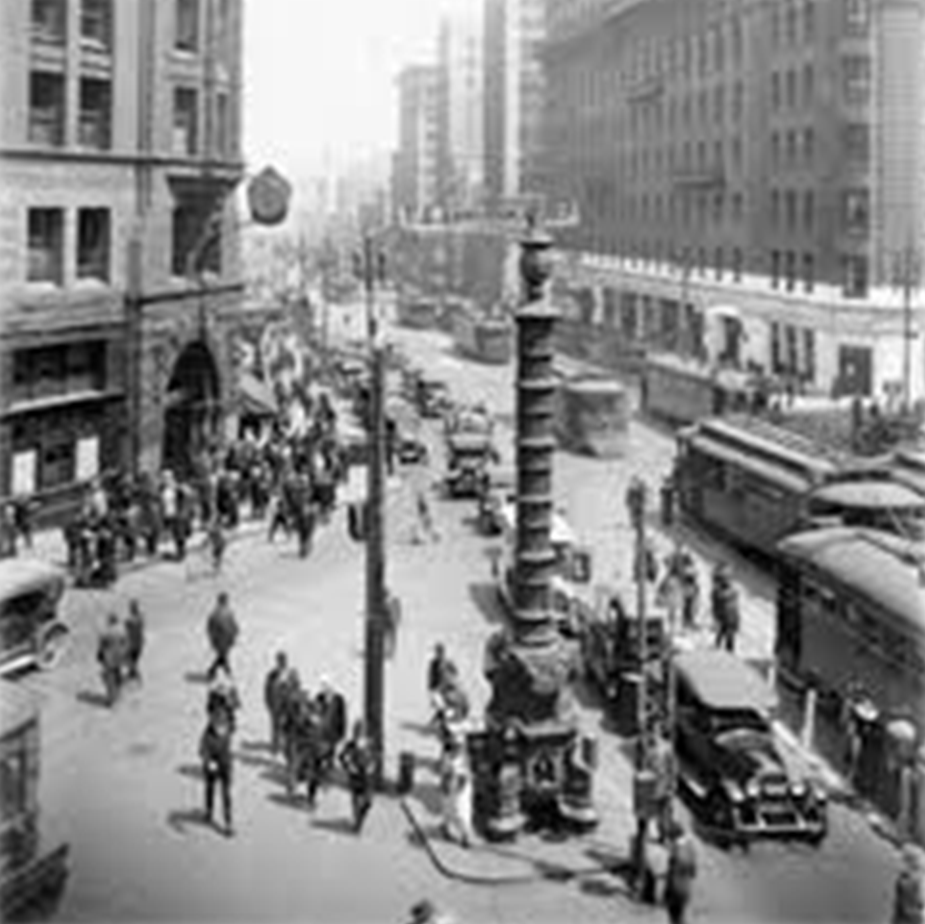
LOTTA’S FOUNTAIN 1905
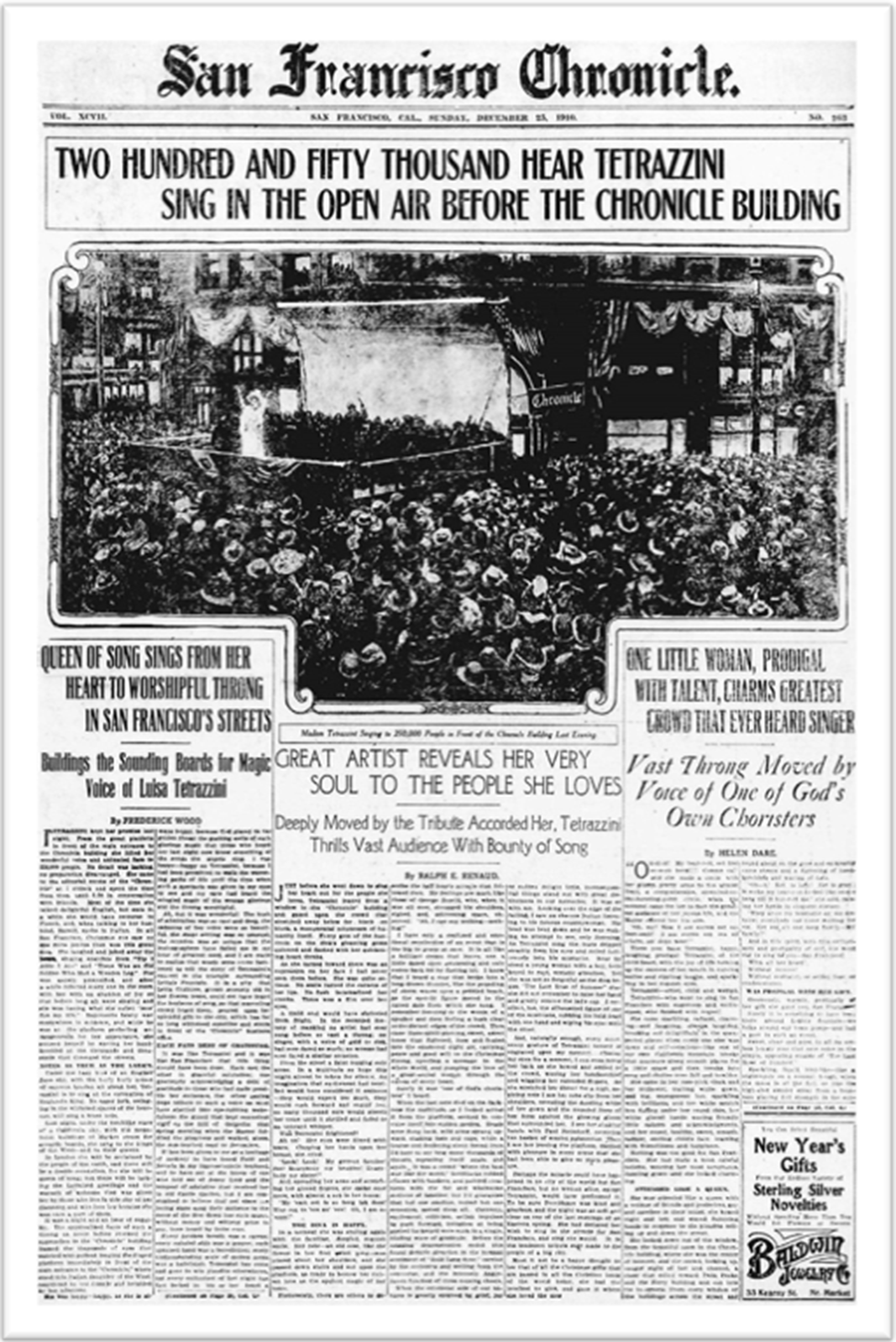
LOTTA’S FOUNTAIN 1905 LUISA TETRAZZINI
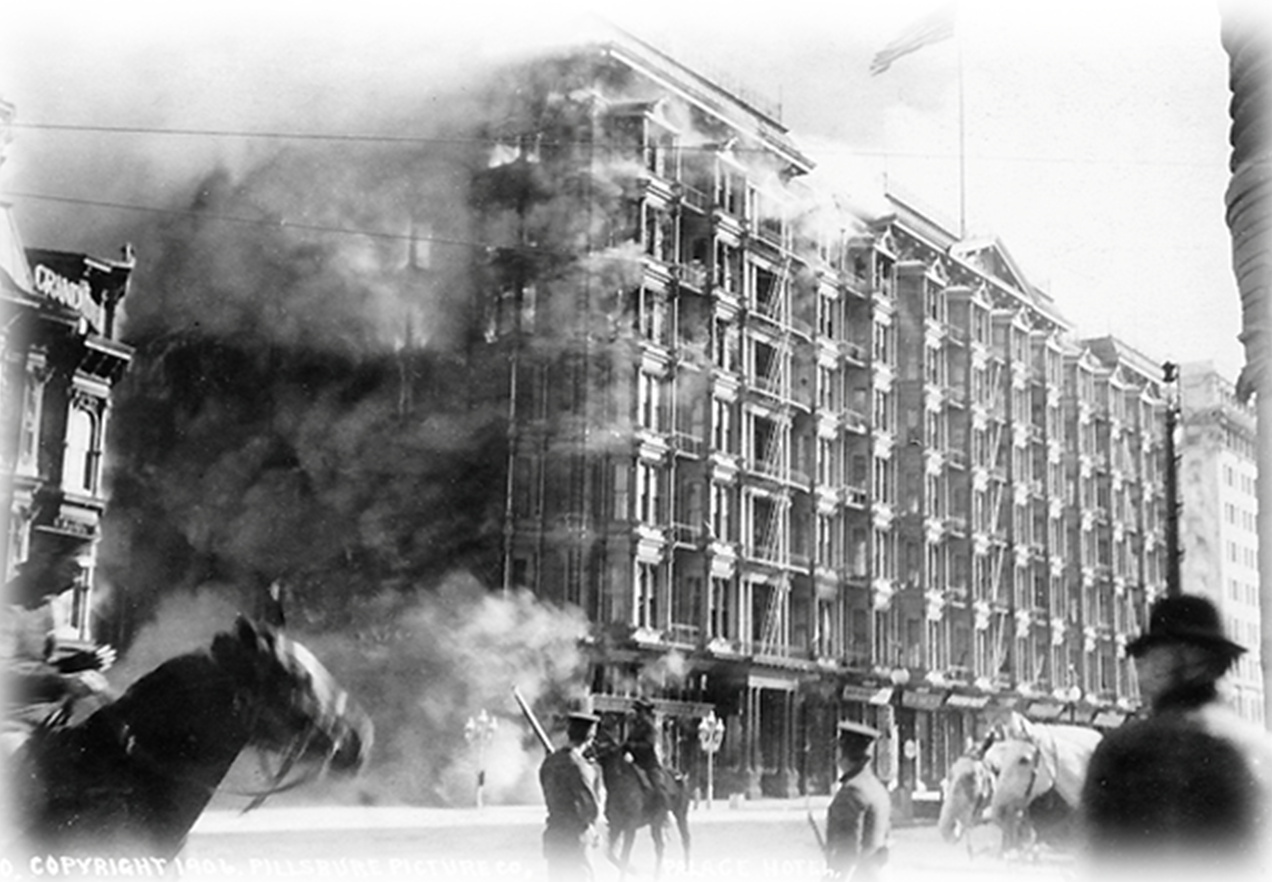
Palace Hotel 1906 PALACE HOTEL 1906
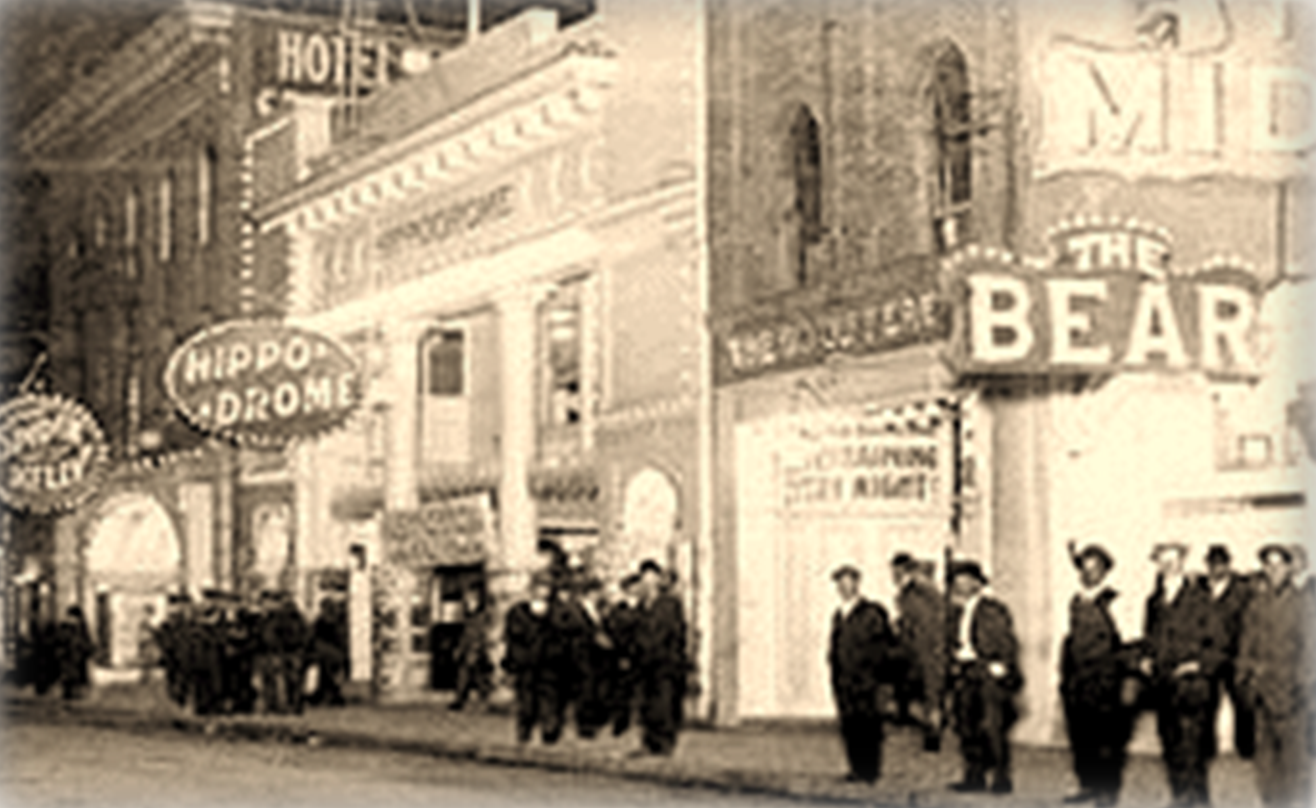
TERRIFIC STREET 1912
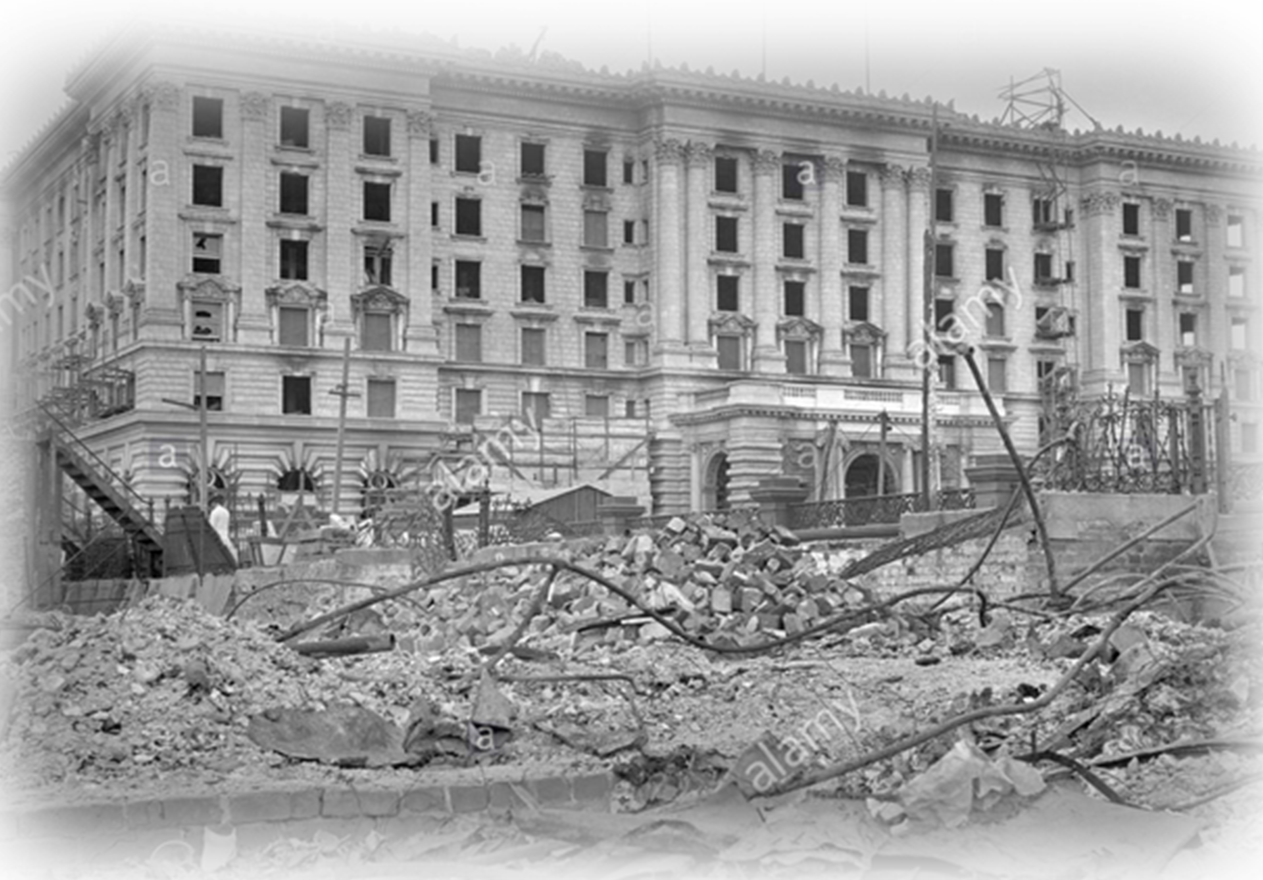
FAIRMONT HOTEL 1906
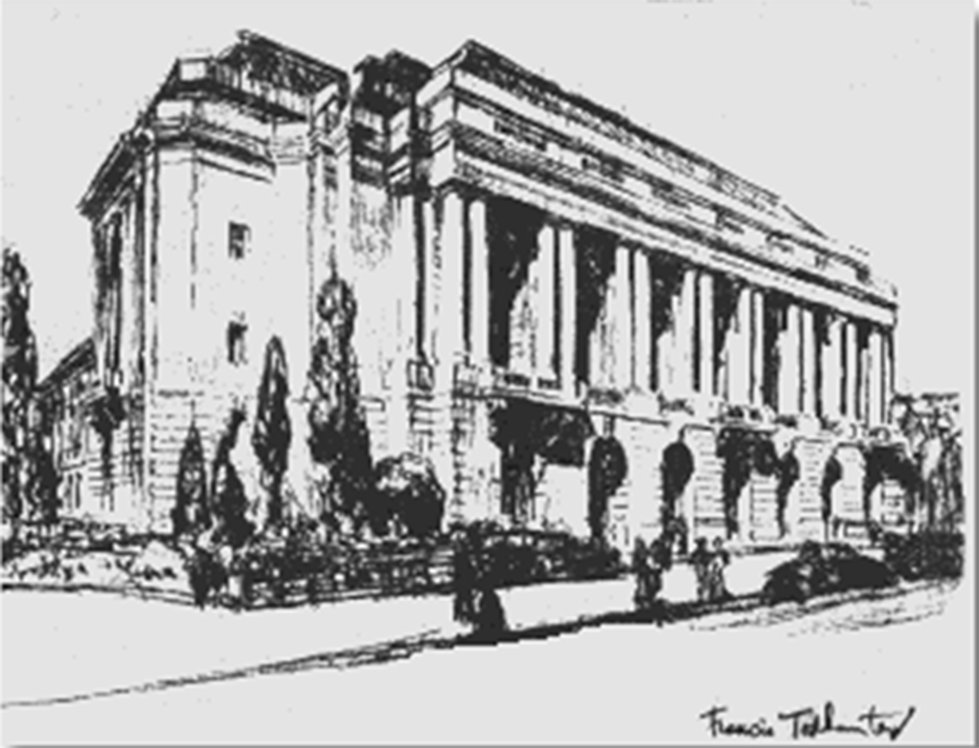
WAR MEMORIAL PERFORMING ARTS CENTER 1932
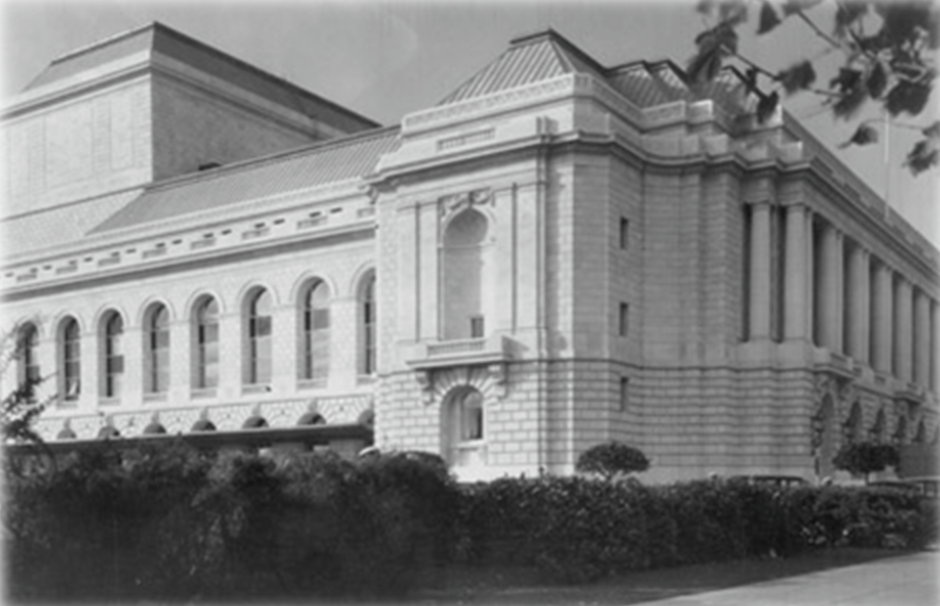
OPERA HOUSE 1932
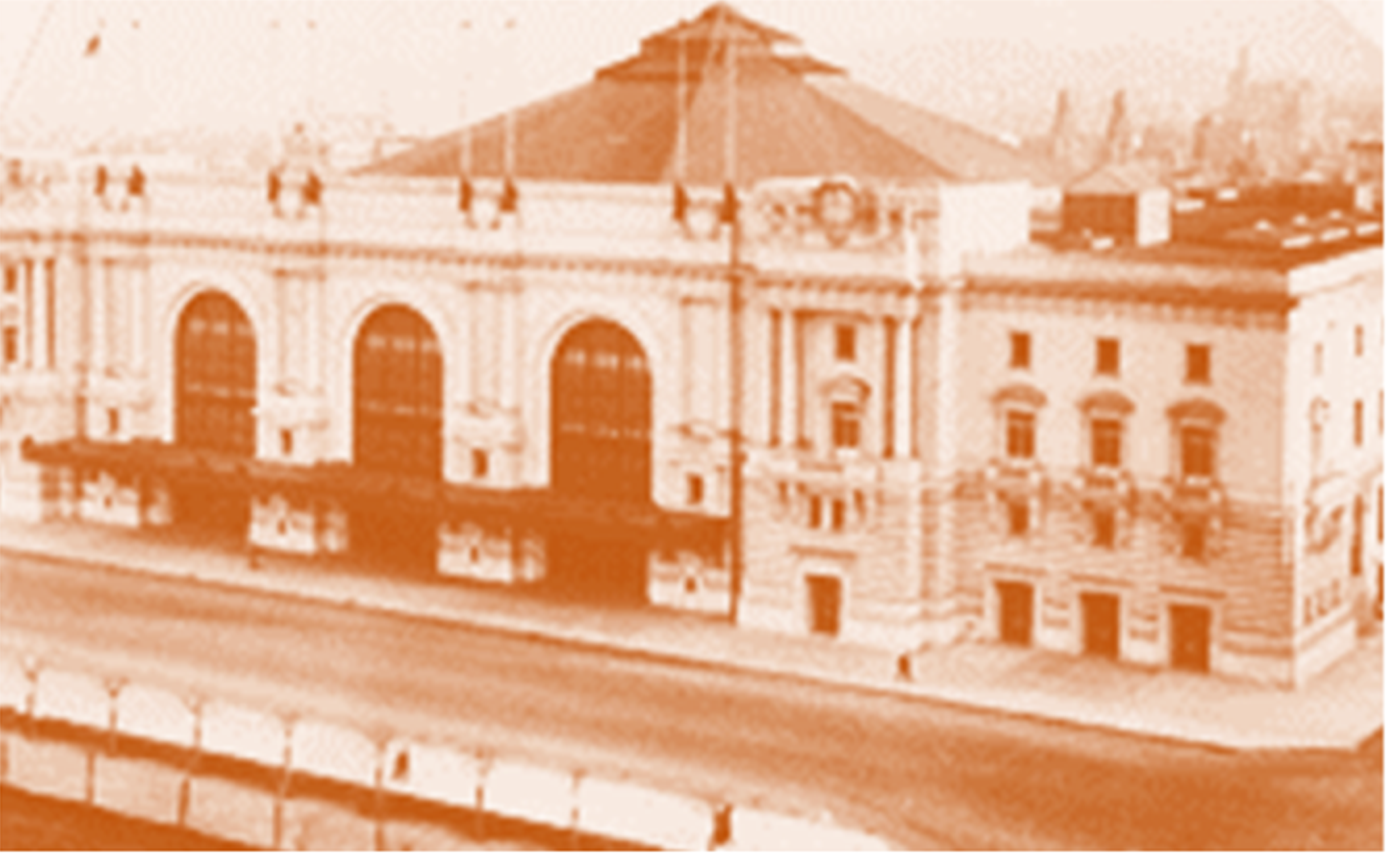
EXPOSITION (CIVIC) AUDITORIUM 1917
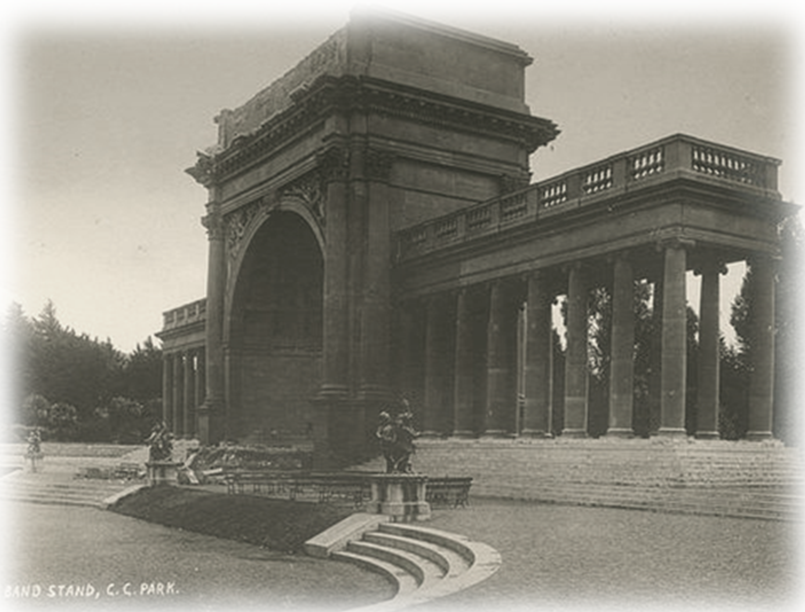
BANDSHELL GGP 1906
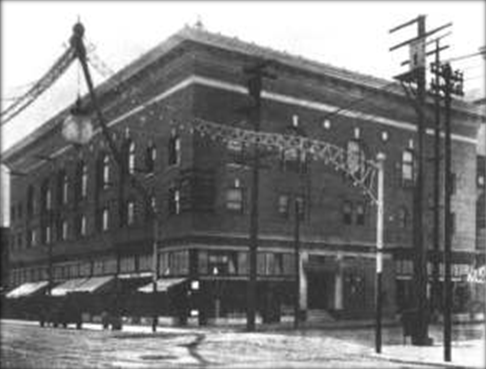
The Fillmore District 1940 THE FILLMORE DISTRICT 1940
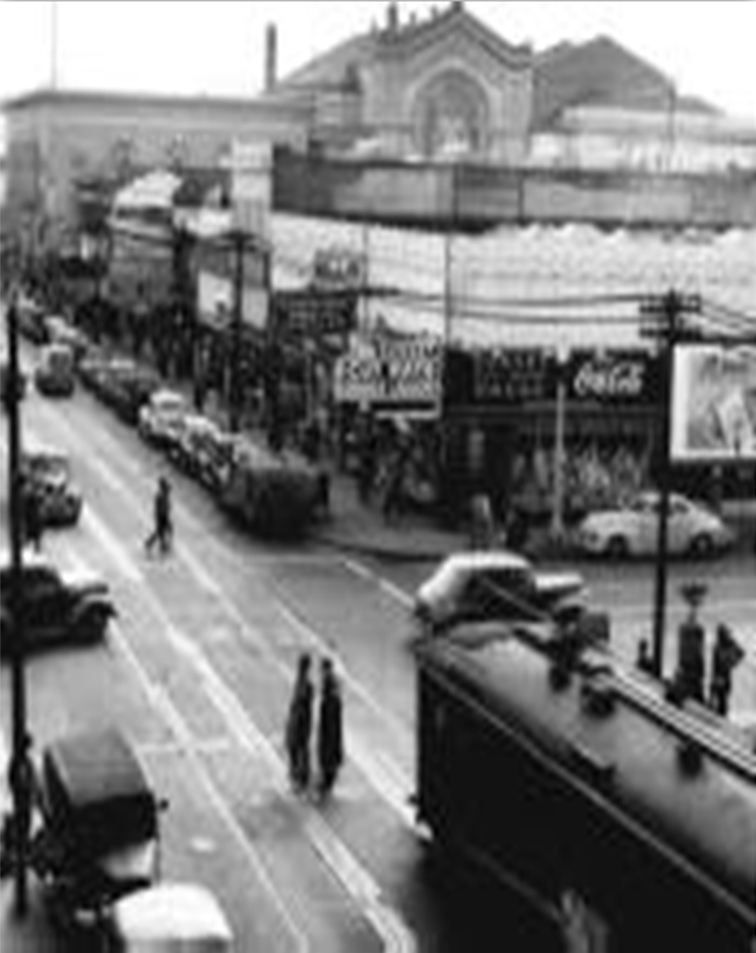
FILLMORE WEST
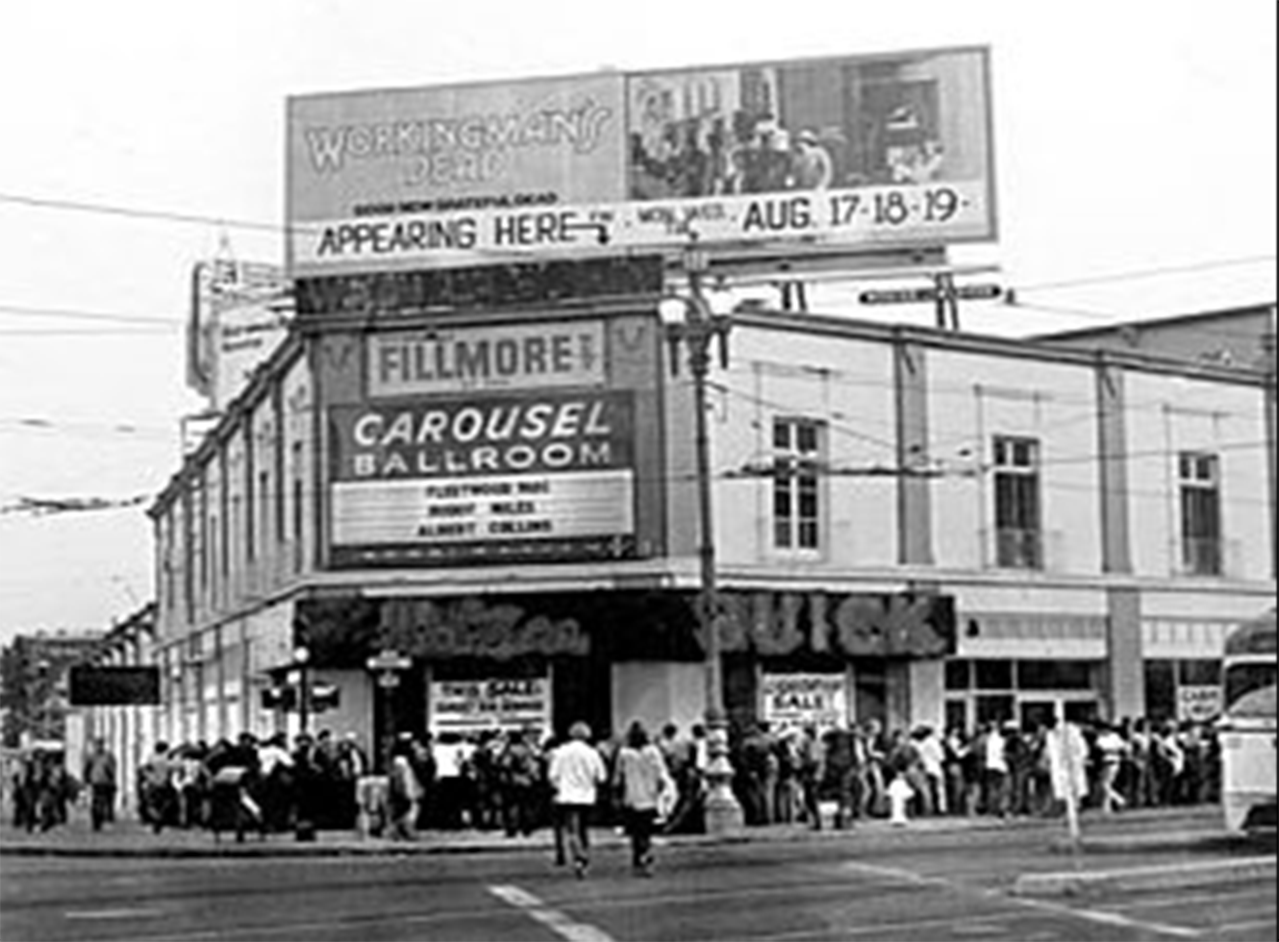
FILLMORE WEST (CAROUSEL BALLROOM) 1968
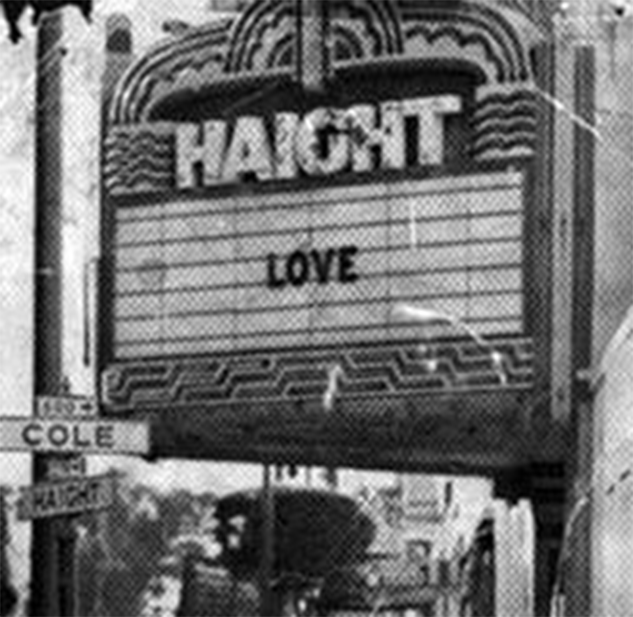
HAIGHT THEATER
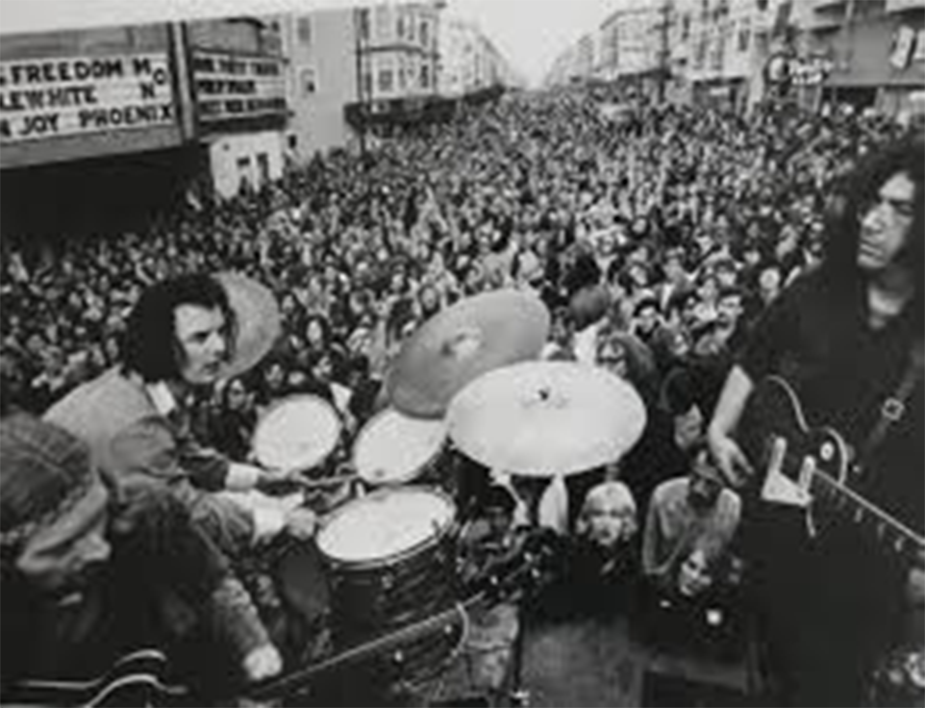
SUMMER OF LOVE 1967
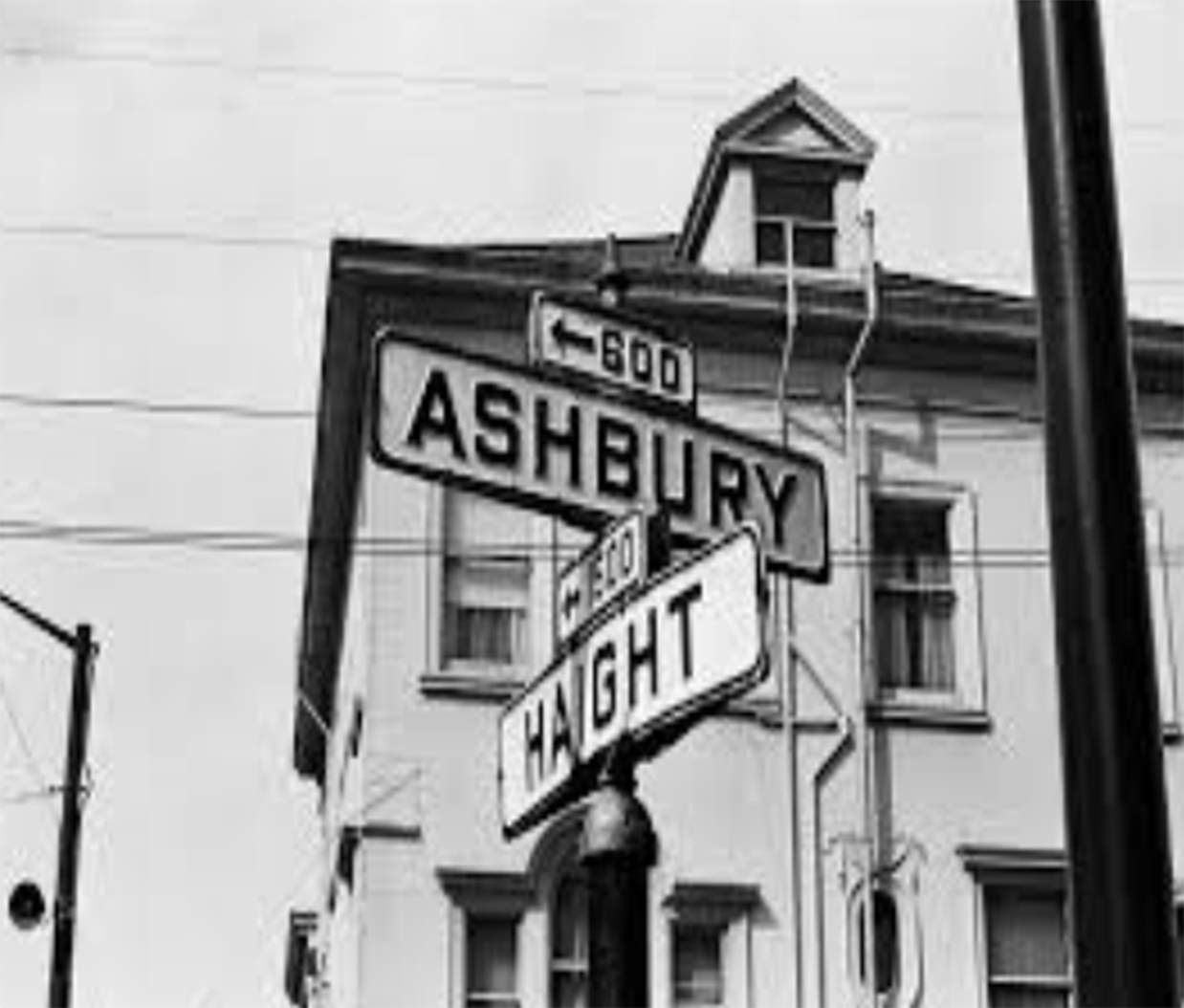
HAIGHT-ASHBURY
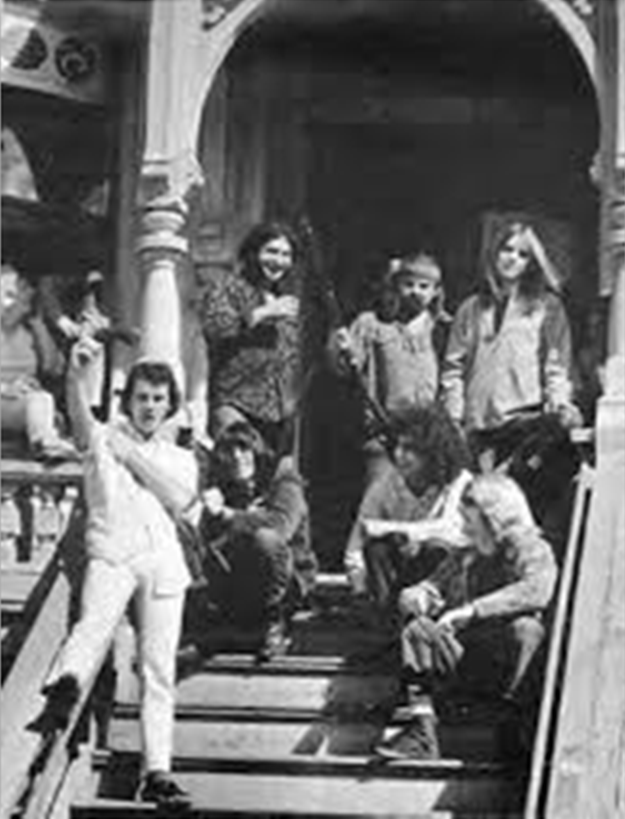
ASHBURY STREET GRATEFUL DEAD
CELEBRATED ARTISTS
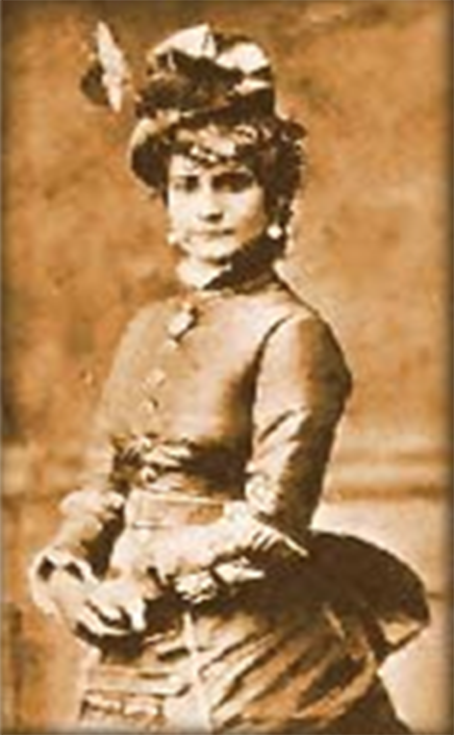
LOTTA CRABTREE (1905)
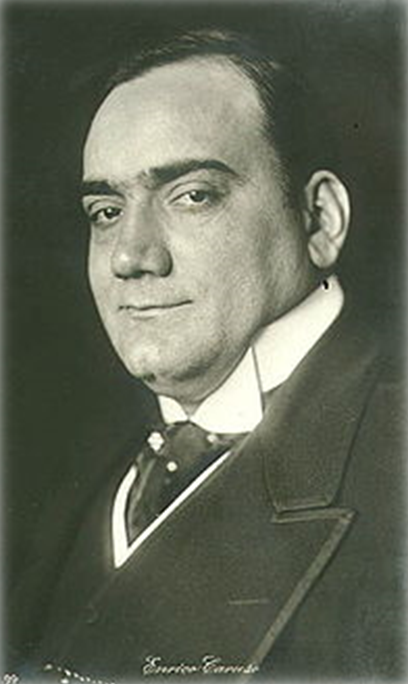
ENRICO CARUSO (1906)
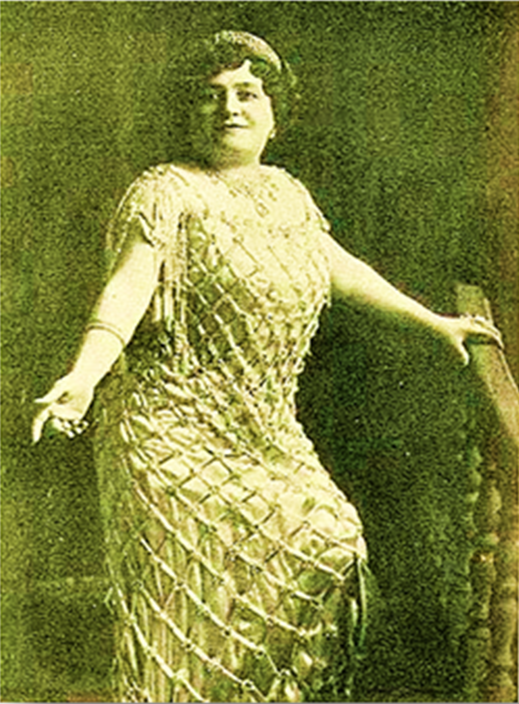
LUISA TETRAZZINI (1910)
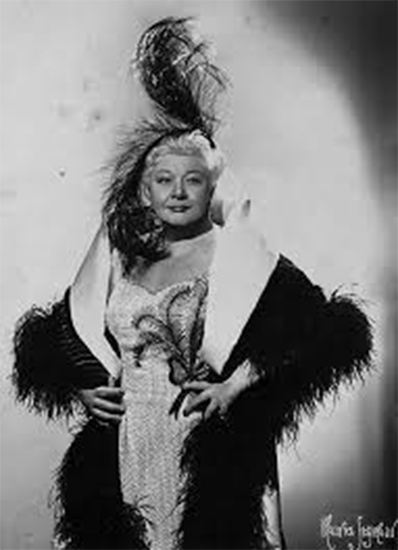
SOPHIE TUCKER (1920)
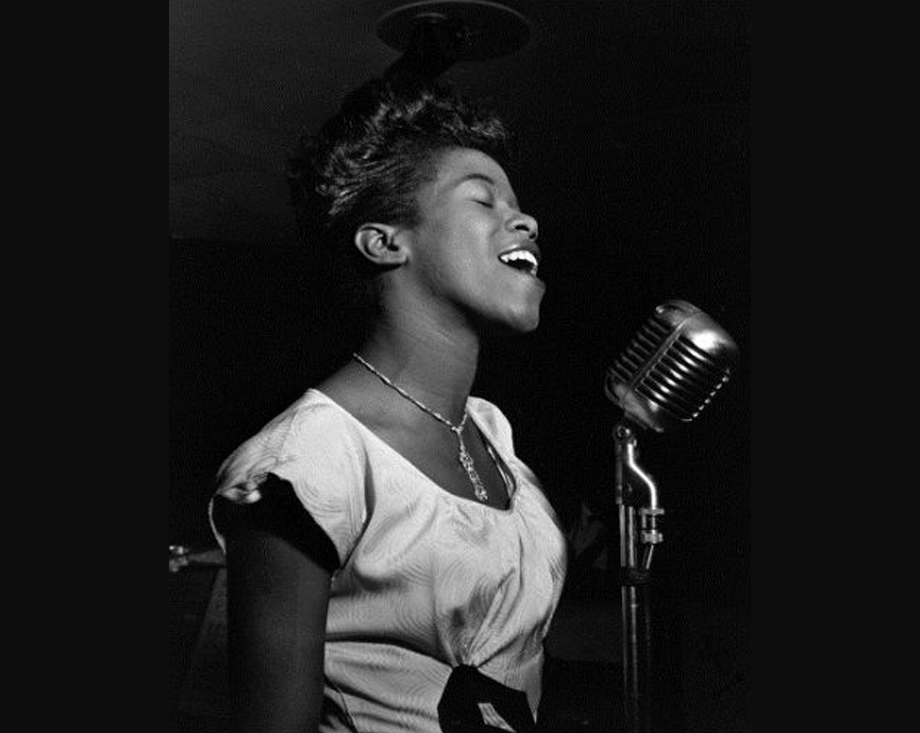
SARAH VAUGH (1946)
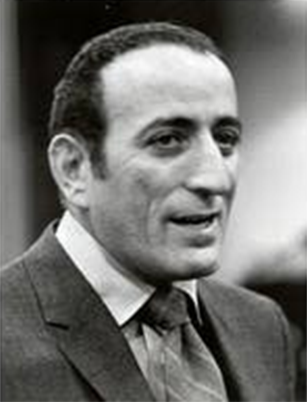
ENRICO CARUSO (1906)
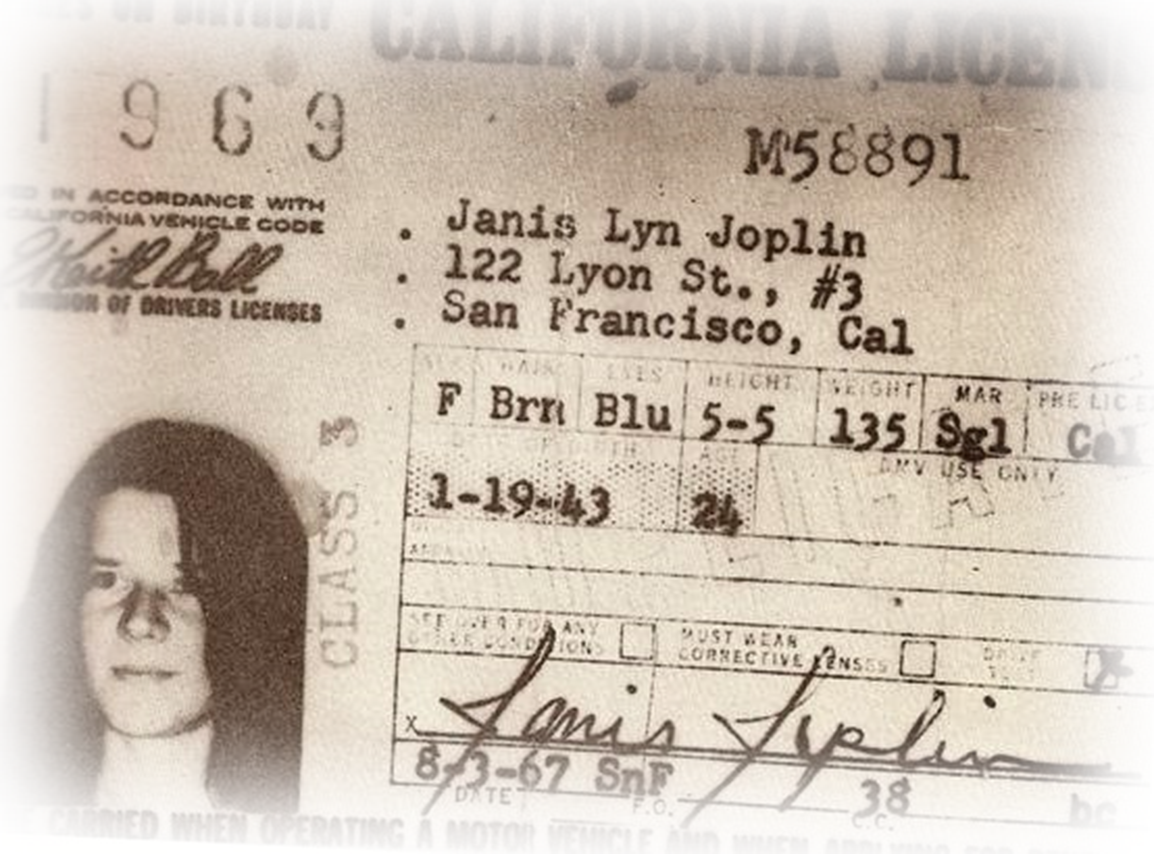
JANIS JOPLIN (1967)
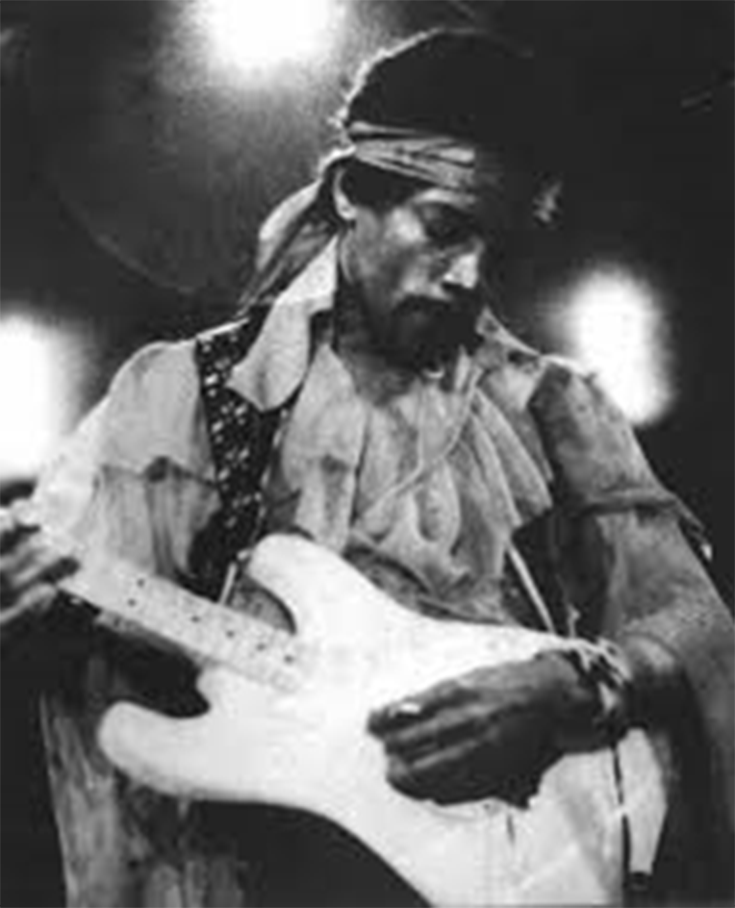
JIMI HENDRIX (1967)
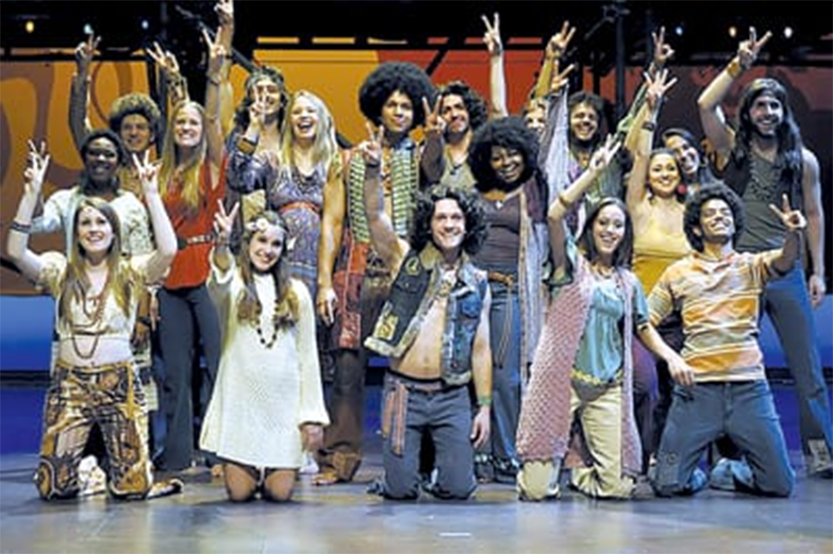
ENSEMBLE: HAIR THE MUSICAL (1967)
SFAPA Presents ™
FINOCCHIO’S FOLLIES
Finocchio’s was a Prohibition era speakeasy called the 201 Club in 1929 at 406 Stockton Street. When Prohibition was repealed in 1933 the club started to offer female impersonation acts. After police raids in 1936 the club moved to 506 Broadway and was a favorite of straight and gay tourists until closing in 1999.
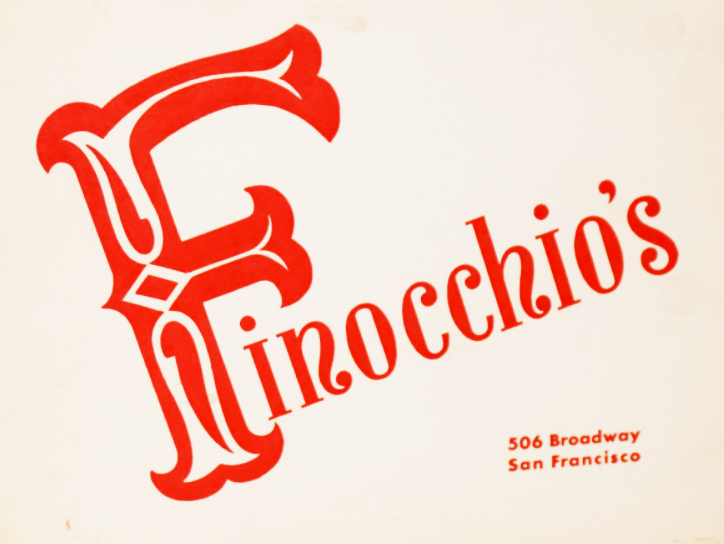
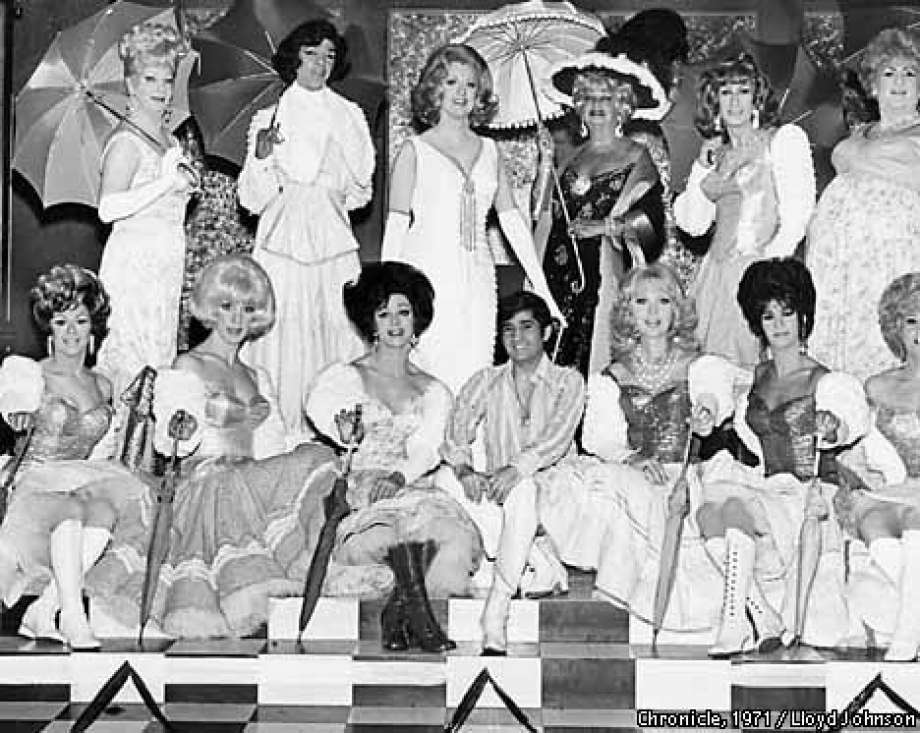
FINOCCHIO’S FOLLIES
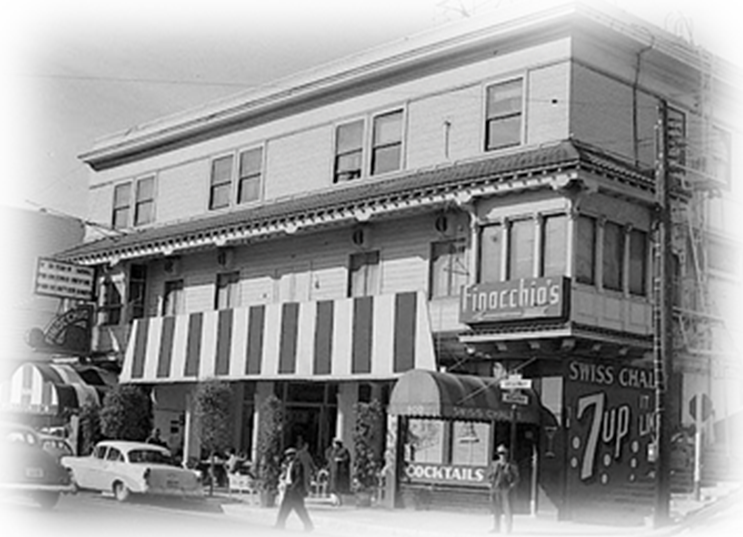
Finocchio’s North Beach
506 Broadway 1958
SFAPA Presents ™
TERRIFIC STREET
featuring
THE SPIDER KELLY
Memorial Band
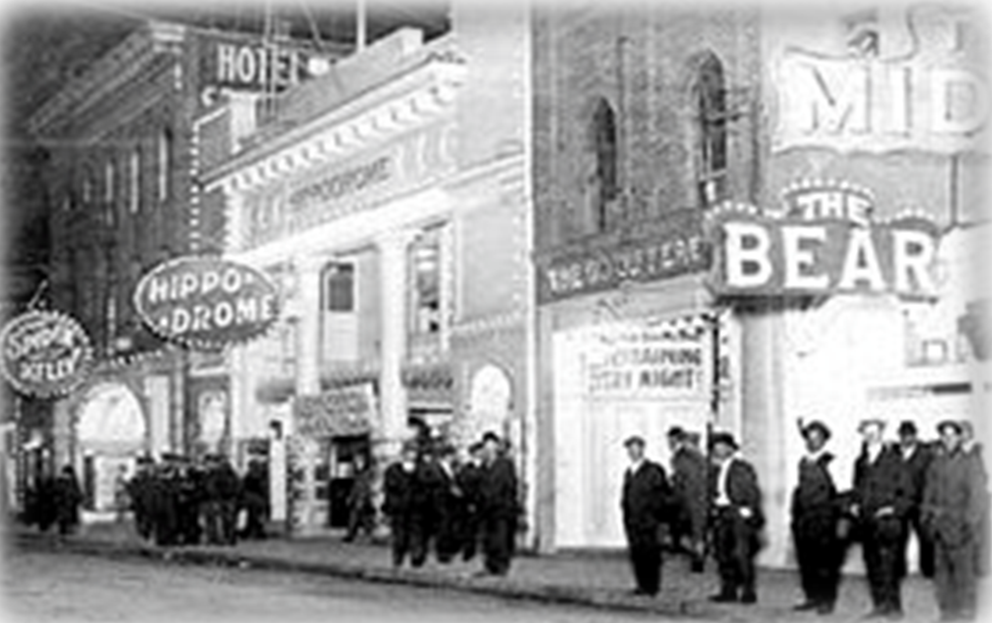
PACIFIC STREET 1909
(San Francisco History Center, San Francisco Public Library)
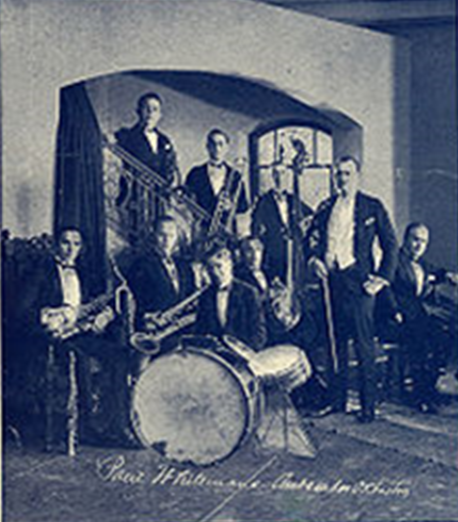
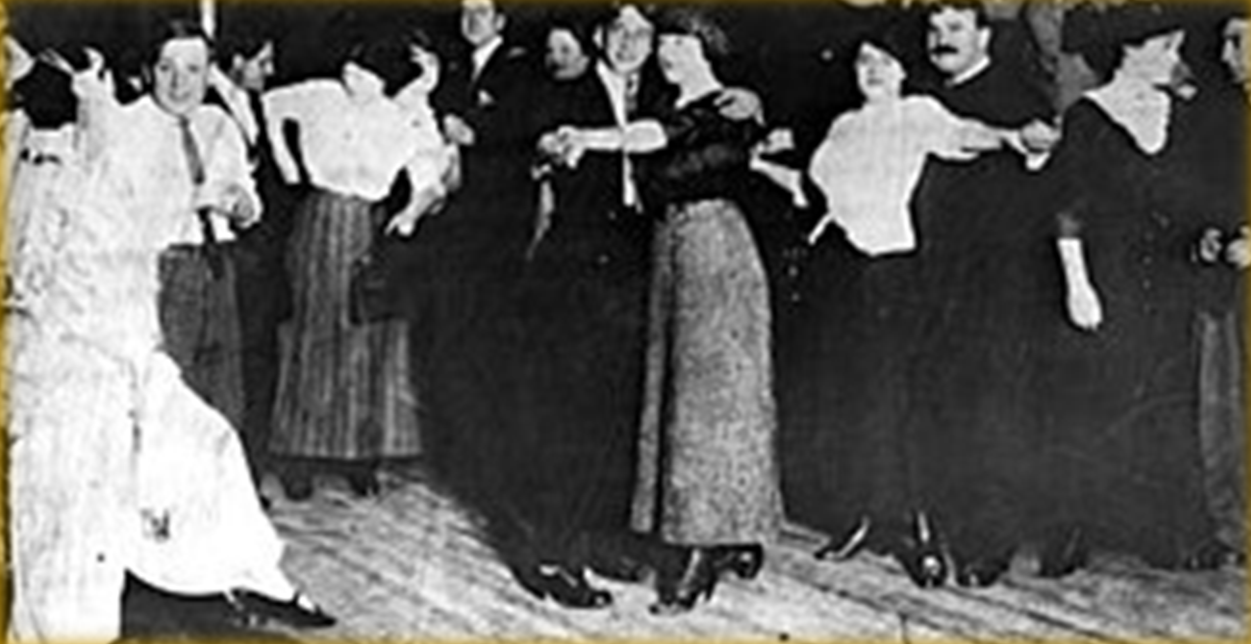
SPIDER KELLY’S
San Francisco History Center, San Francisco Public Library
SFAPA Presents ™
THE FABULOUS TENDERLOINS
Turk Mason, Taylor Jones, Larkin McAllister, Ellis Leavenworth and Eddy O’Farrell
in The Red-Light Abatement Act
The Tenderloin is the neighborhood in downtown San Francisco, in the flatlands on the southern slope of Nob Hill, between the Union Square shopping district and the Civic Center. The Tenderloin has been a downtown residential community since after the California Gold Rush in 1849. The area had an active nightlife in the late 19th century with many theaters, restaurants and hotels. The neighborhood was destroyed by the 1906 earthquake and fire but rebuilt in a hurry with some hotels and some apartment buildings opening by 1907. By the 1920s, the neighborhood was notorious for its gambling, billiard halls, boxing gyms, “speakeasies“, theaters, restaurants and other nightlife depicted in the detective fiction of author Dashiell Hammett, who lived at 891 Post Street in the apartment used by Sam Spade in The Maltese Falcon. The Tenderloin was borne out of the Red Light Abatement Act of 1913, when vice pushed out from the Barbary Coast district to the southern and less business-occupied Tenderloin.
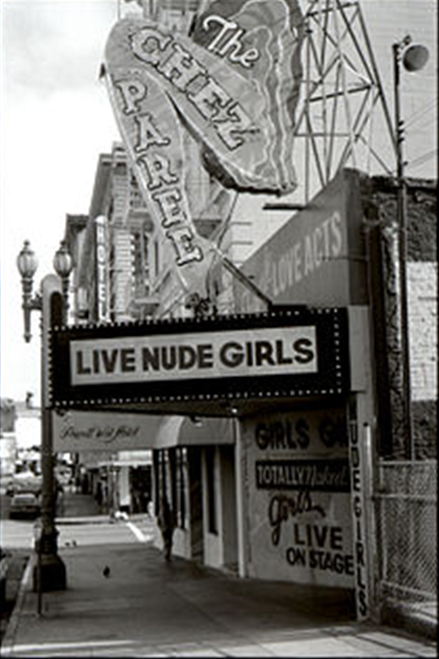
THE CHEZ PAREE
Broadway Street, San Francisco
